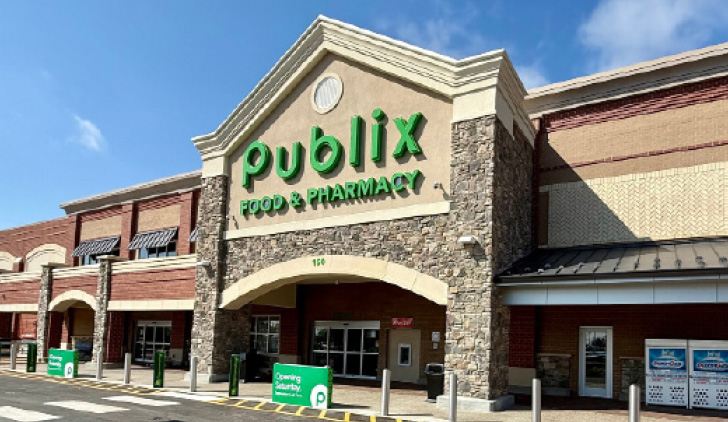
Your bags are packed, your gas tank is full and you’re ready for a summertime road trip. But before you jump in the car, make sure your vehicle is up to date on maintenance and equipped with our safety tips for potential roadside emergencies.
Get a good look
Before you start your trip, be sure to take your car to a reputable mechanic to address any needed maintenance like an oil change, battery check or tire rotation, as well as to check for any recalls and other needed repairs. Remember, taking care of small repairs now can often help save you money by preventing bigger repairs down the road.
Take the right tools
A flat tire, the check-engine light or something simply not working the way it should — we’ve all faced car problems. That’s why it’s best to always be prepared, especially before embarking on a road trip. The National Highway Traffic Safety Administration recommends always having the right tools on hand, including
- a tire jack
- jumper cables
- a tire pressure gauge and
- your cellphone and charger.
If you aren’t sure how to use the tools, try looking up videos beforehand or reading your car manual.
Think safety first
Before starting your trip, determine what route you’ll follow ahead of time. Let trusted friends or family members know when you plan to arrive and depart, and be sure to keep them updated on your journey. For long journeys, make sure you have sufficient rest before heading out and plan for frequent rest stops. If you’re traveling with children, ensure car seats and booster seats are properly installed. Children under 13 should ride in the backseat, and everyone in the car should be buckled in. Never leave children unattended in your car.
Pull over, don’t panic
Stay alert on the roads to avoid distracted drivers and other hazards. If your car malfunctions or you get into an accident, pull over somewhere safe before addressing the problem. Your car is replaceable; you are not.
Once you pull over, check yourself and your passengers for any injuries. Then, check the occupants of the other vehicle(s). If there are any injuries that require medical attention, call 911. If medical help is not needed, turn on your car’s hazard lights to alert other drivers to slow down, then call the police. Once officers arrive, they will collect contact and insurance information from everyone involved in the accident. Take photos of your vehicle and any other vehicles involved, and obtain a copy of the police report for your records.
Roadside emergencies can happen to anyone. But being prepared can help you zoom into your destination safely.
Sources: exchange.aaa.com, nhtsa.gov

Watch the wheels of safety go round and round as an associate shares vehicle maintenance and safety tips with a teammate.



